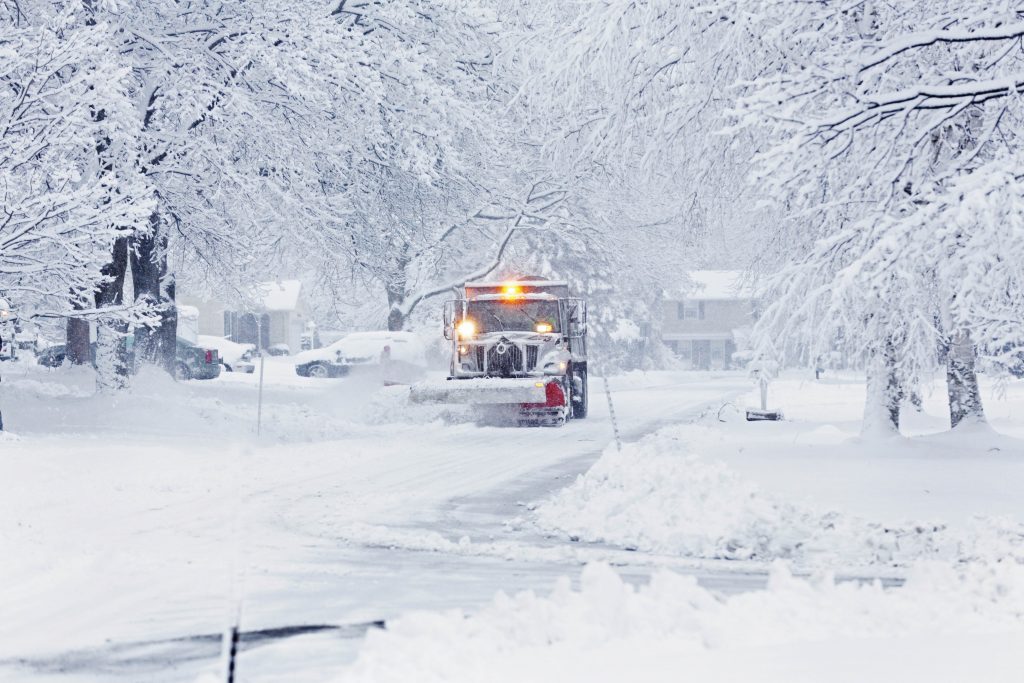
The Friday evening before Christmas, Dec. 23, 2022, engineers and CEOs of electric cooperatives around Indiana and a dozen other states were in crisis mode as they entered Christmas weekend. They were in their offices that night as Winter Storm Elliott threatened blackouts.
Infrastructure damage caused by the night’s high winds were not the reason for the special monitoring and gathering of minds. Cooperative leaders remained in their offices that night prepared to initiate temporary emergency service interruptions across their electric systems as requested by the Midcontinent Independent System Operator (MISO).
MISO, headquartered in Carmel, is a not-for-profit, member-based organization that manages the flow of electricity across 15 states and the Canadian province of Manitoba.
Around 5 p.m., MISO issued a “maximum generation emergency warning” to let power plant operators, such as Hoosier Energy, know that electricity demand from the cold was causing supply to get dangerously tight, requiring all units to be on standby and ready if called upon. As part of that, 16 REMCs, including Harrison REMC, were prepared to also begin load management procedures — emergency service interruptions (rolling blackouts) — to cut power demand to prevent a grid failure that could have led to widespread and prolonged power outages.
Hoosier Energy set a new peak energy demand that evening at the same time energy demand peaked across MISO. Hoosier Energy’s natural gas-fired Worthington Generating Station was producing energy that night.
By 9 p.m., fortunately, the emergency warning was called off as demand dropped.
The near miss emphasizes continued concern from cooperatives such as Harrison REMC about electric supply and demand. Electricity must be generated at the time it’s used. The grid is built to meet peak demand. Federal energy policy and the economics of aging equipment are causing utilities to close older coal and nuclear plants faster than solar and wind can be added to make up the difference.
Solar and wind work when the weather cooperates, and sufficient utility-scale energy storage systems are still years from implementation. Coal, natural gas and nuclear energy, considered baseload sources, are much easier to power up and down to meet demand.
The transition to more renewables/lower carbon emissions and an improved electrical grid — while also providing a dependable source of baseload generation — is not going to be easy. It may result in a less reliable power grid and an increase in the possibility of rolling blackouts.
Cooperatives such as Harrison REMC are navigating this environment in collaboration with other utilities, MISO, lawmakers and regulators to both navigate current challenges and prepare for future opportunities.



